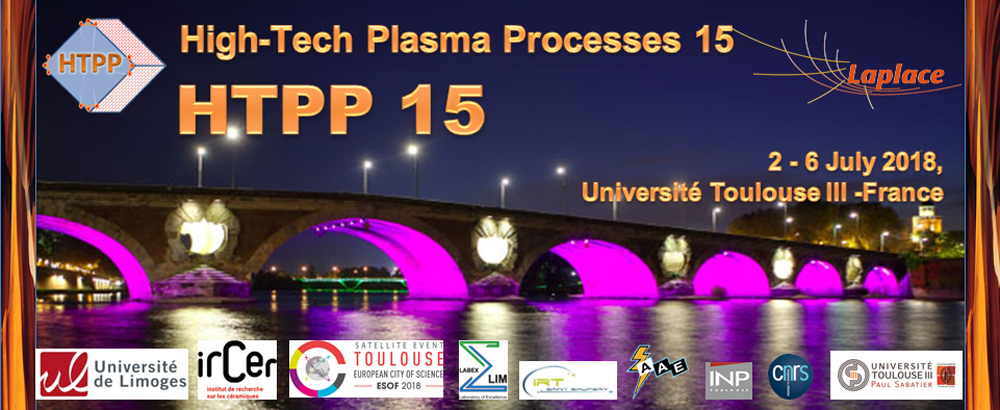The interactions between plasmas and surrounding solid materials may result in significant changes both in the pristine plasma phase and at the surface or in the bulk of the materials. The investigation of such transformations may be of great interest in many application fields such as nanocarbon allotropes based functional materials synthesis [1-3] and plasma facing component development for fusion reactors [4-6]. These last two applications are directly linked to a two case studies we are discussing in this contribution that aims at illustrating how plasma-surface interaction affects the plasma composition and/or the material characteristics. In the first example, we discuss how the interaction between argon plasmas and a graphite cathode in a DC discharge may result in the formation of carbon nanoparticles in the plasma phase. We especially analyze the sputtering and subsequent molecular growth processes that lead to particle nucleation. We also discuss the aerosol dynamics experienced by the produced solid particles and that result in the observed particle size distribution. The dusty plasma effect and the consequence of dust formation on the plasma characteristics in terms of discharge equilibrium and ionization/attachment kinetics, will be also discussed. The second case study presented in this contribution deals with the interaction of hydrogen and hydrogen/argon plasmas with metallic, i.e. tungsten or aluminum, samples. We first focus on the change experienced by the morphology of the aluminum sample surface when submitted to high fluence low pressure non equilibrium hydrogen plasmas. We place a special emphasis on blister formation and show how it can be correlated to the plastic deformation of the metallic sample along the slip planes, which determines the blister morphology. We eventually show how deep hydrogen diffusion may result in bubble formation in the bulk of the material. The consequence of the surface and bulk material alteration in terms of tungsten nanoparticles formation in hydrogen/argon plasma will be analyzed on the basis of three different mechanisms: (i) blister burst, (ii) sputtering and subsequent molecular growth and (iii) micro-arcing followed by local melting of the surface and droplet ejection and solidification. We show that although all these three mechanisms are active under low pressure non equilibrium discharge conditions, micro-arcing is by far the most dominant one. It leads to the formation of a fairly large amount of nanoparticles with a typical size around 50 nm that always come with the classically observed micrometer size particles resulting from the solidification of metal microdroplet produced through the local interaction of a micro-arc or spark with a metal substrate.
References
[1] V. Georgakilas, J. A. Perman, J. Tucek, R. Zboril, ‘Broad family of carbon nanoallotropes : classification, chemistry and applications of fullerenes, carbon dots, nanotubes, grapheme, nanodiamonds, and combined superstructures', Chemical Reviews, 115(11), 4744-4822(2015).
[2] R. Dubrovsky, V. Bezmelnitsyn, Bulk production of nanocarbon allotropes by a gas outflow discharge approach, CARBON 42 (8-9) 1861-1864 (2004)
[3] R. Hatakeyama, ; T. Kato ; Y.F. Li ; T. Kaneko, Plasma Processing Based Synthesis of Functional Nanocarbons, Plasma Chemistry and Plasma Processing, 34(3), 377-402 (2014).
[4]Y. Ueda; K. Tobit; Y. Katoh, PSI issues at plasma facing surfaces of blankets in fusion reactors. Journal of Nuclear Materials, 313, 32-41(2002)
[5] V. Rhode, M. Balden, T. Lunt. ‘Dust investigation at ASEDEX Upgrade'. Physica Scripta, T138, 014024, DOI: 10.1088/0031-8949/2009/T138/014024
[6] B. D. Wirth, K.D. Hammond, S.I. Krasheninnikov, D. Maroudas, "Challenges and opportunities of modeling plasma–surface interactions in tungsten using high-performance computing", J. Nucl. Mater. 463, 30-38 (2015)

 PDF version
PDF version
